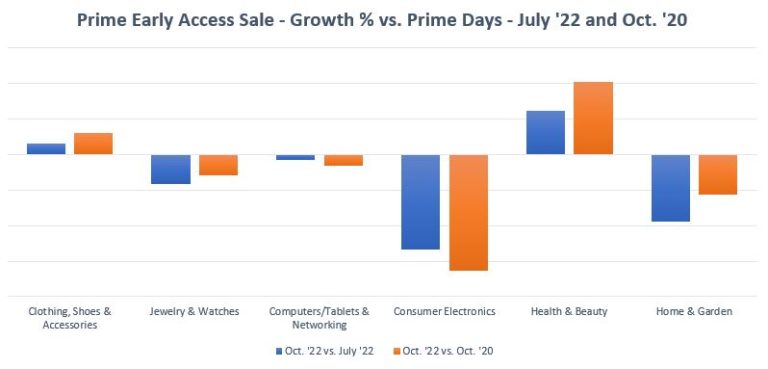Which would you rather choose: a $49 product with free shipping or the same product for $39 plus $10 shipping?
Free shipping was once a fast-growing trend in e-commerce. Today, consumers expect it for every online purchase. But someone has to pay for it.
So, is it better to pass shipping fees to customers as part of perceived free shipping — or to itemize transactions so shoppers see a lower price and shipping added on?
The Psychology of Online Pricing
There’s a reason we’re drawn to words like “discount” and “free.” Instead of weighing options equally in a traditional cost-benefit analysis, we fail to factor in the unspoken costs when products and services are free. This is called the zero price effect, or the irrational urge to get free stuff. Under this model, the free option always wins.
Conversely, humans also tend to correlate higher prices with better value and quality. Robert B. Cialdini, an expert in the field of compelling selling tactics, describes this phenomenon in his book, Influence: The Psychology of Persuasion:
“Consider the strange behavior of jewelry store customers who swooped down on an allotment of turquoise pieces only after the items had been mistakenly offered at double the original price. The customers…were using a standard principle to guide the buying: expensive = good.”
But is shipping something people perceive as having different levels of quality based on price?
What Consumers Say About Shipping Costs
The margins are thin between consumers who prefer lower-cost shipping to free shipping. According to a recent Shippo report, 49% of customers opt for lower cost shipping while 40% choose free shipping. (The remaining 11% just want their purchases fast.) Yet, when given the choice between free shipping and fast shipping, an overwhelming 83% prefer free.
The report also states that 21.5% of merchants now always offer free shipping, whereas 31% don’t provide the option at all. Retailers may not be hitting the mark according to consumer responses, which tell us that more shoppers are only purchasing online to access free shipping, and some will even swap stores to find it.

How to Decide between Free Shipping and Discounted Prices
There’s no one-size-fits-all approach to fulfillment pricing that works well in every instance. As with most e-commerce strategies, it should be tailored to your business.
Conduct a Cost-Benefit Analysis
Before moving forward with one strategy over another, consider doing a quick analysis to determine which option is likely to help you gain more sales. For example, if specific SKUs have experienced a recent dip in sales, it’s probably not the best time to start increasing the price. On the other hand, you may risk lowering the perceived value of a product if you decrease the price too much when sales velocity is strong.
Keep in mind that you can change your strategy as needed. During peak holiday seasons, when consumers tend to spend more, you may want to use free shipping thresholds to increase average order value (AOV) and make shoppers feel like they’re getting a good deal. Just be sure your advertised minimum threshold exceeds your average basket size to make it a cost-effective pricing strategy.
Consider the Marketplace
The tactic you ultimately choose will depend on the marketplace or platform you sell on. It’s usually a good idea to vary your fulfillment pricing strategies from one e-commerce channel to another. For example, you might offer a best-selling product at one price on your e-commerce website, and then list that same product at a different price with multiple shipping options on Amazon. Diversifying your shipping pricing strategy across channels can help you reach different audiences with slightly different needs.
Use Automated Repricers
Automated repricing tools can also help you stay on top of changing variables. Whether you’re looking to win the Buy Box or simply move stale inventory, you can use algorithmic or rule-based pricing to secure the best offer spot while still maximizing profit. You can even predict how your repricing rules will compare to other retailers before you set your strategy.
ChannelAdvisor offers fulfillment services and repricing technology to automate your e-commerce processes and help you make smarter decisions. When you lack dedicated resources to constantly monitor competitor prices or you’re just not certain what direction to take, repricers remove the hassle, while still awarding you the biggest return possible. And you can optimize your fulfillment for the fastest, most cost-effective delivery.
Still unsure what fulfillment pricing model is best for your business? ChannelAdvisor Managed Services can help with a customized plan to fine-tune and automate your strategy.
Editor’s note: This blog post was originally published in June 2020 and was updated in July 2022.





